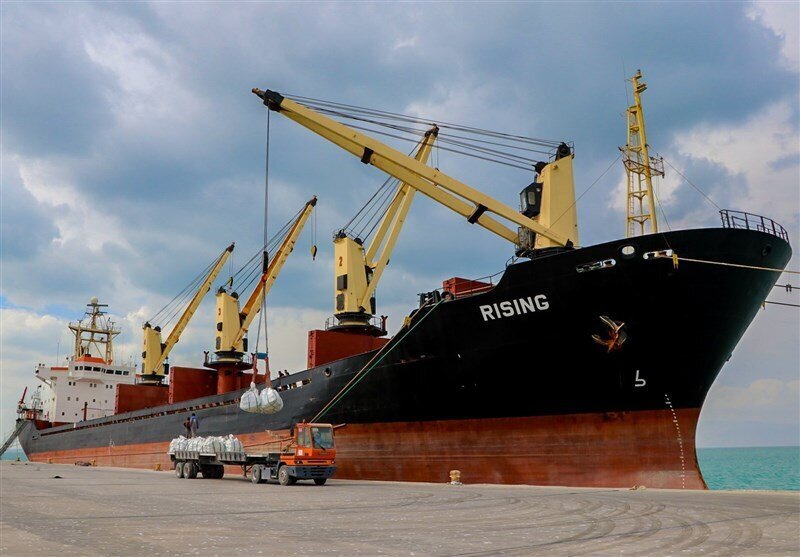Export from Qeshm Free Zone rises 33% in 4 months yr/yr

TEHRAN- The value of export from Qeshm Free Zone in the southern Qeshm Island rose 33 percent during the first four months of the current Iranian calendar year (March 21-July 22), as compared to the same period of time in the past year, the head of the zone’s Customs Department announced.
Products worth over $117.8 million were exported from Qeshm Free Zone in the four-month period, Mokhtar Garshasbi stated.
He named UAE, Somalia, Qatar and Kuwait as the major export destinations of the products exported from the zone in the four-month period.
The official further said that the value of imports to the zone dropped to $48 million during the first four months of the present year.
In an interview conducted by the Tehran Times, Secretary of Iran’s Free Zones High Council Hojatollah Abdolmaleki said the value of exports from free trade and special economic zones last year was close to $18 billion and about a third of the country's non-oil exports value. Of this amount, the share of special economic zones was more, and the share of free trade zones was $1.7 billion, and considering that the value of imports to the free zones was almost $1 billion, then the trade balance of these zones was $700 million positive, and it was the first time that this happened.
“This year we plan to have a jump in non-oil exports from the free zones”, the official noted.
The establishment of free trade zones (FTZs) in Iran dates back to the Iranian calendar year 1368 (March 1989 - March 1990) following the fall in the country’s oil income in the preceding year which prompted the government to promote non-oil exports.
The first two free trade zones of Iran were established in the south of the country. The first one was Kish Free Trade Zone established in 1368 on Kish Island in the Persian Gulf and the second one was Qeshm Free Trade Zone established the year after on Qeshm Island in the Strait of Hormuz.
Some five other free trade zones have been also established in the country since then, including Chabahar in southeastern Sistan-Baluchestan Province, Arvand in southwestern Khuzestan Province, Anzali in northern Gilan Province, Aras in East-Azarbaijan Province and Maku in West-Azarbaijan Province, both in the northwest of the country.
The development of existing free trade zones and the establishment of new FTZs has become one of the major economic approaches of the Iranian government.
MA
Leave a Comment